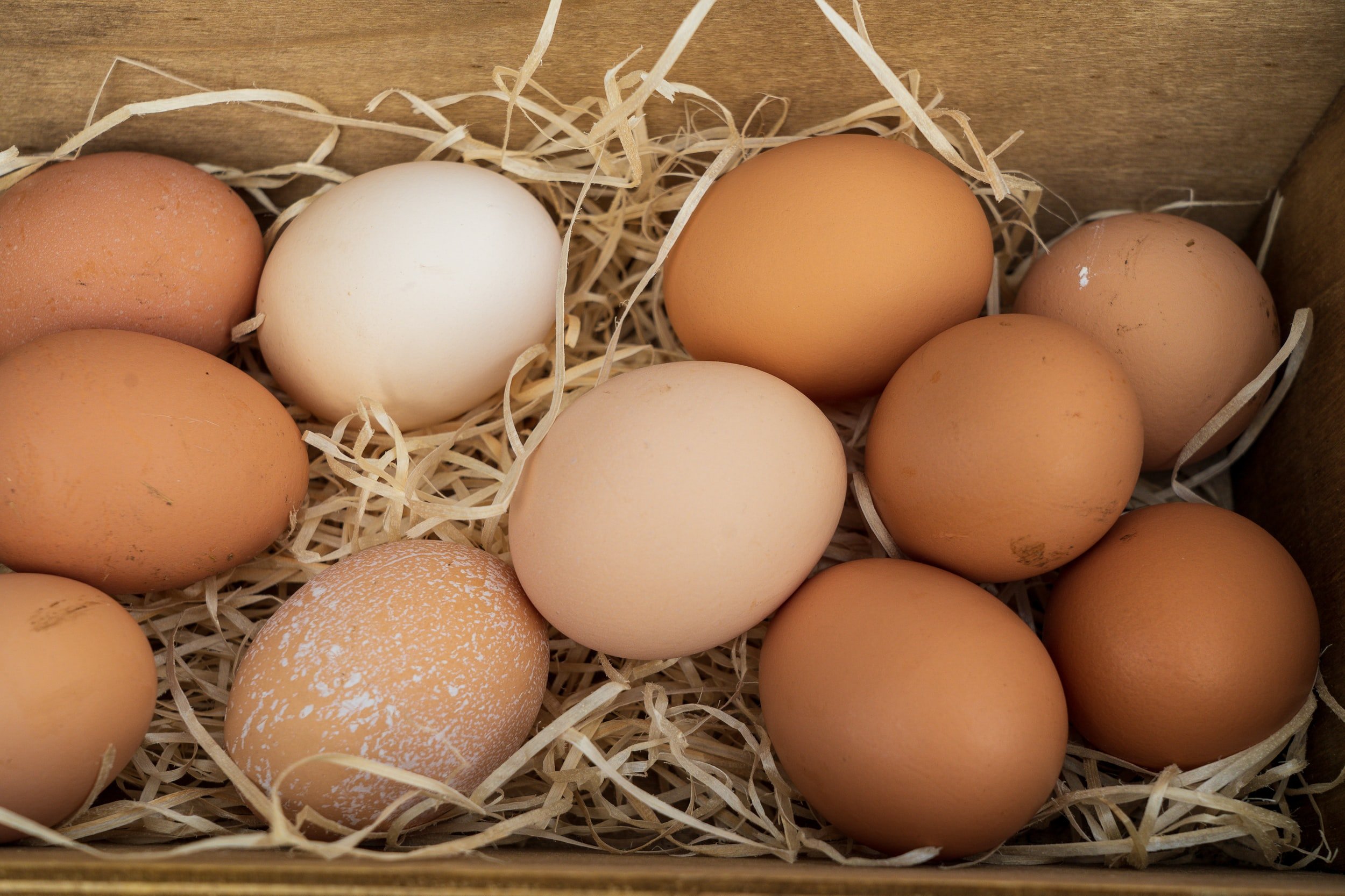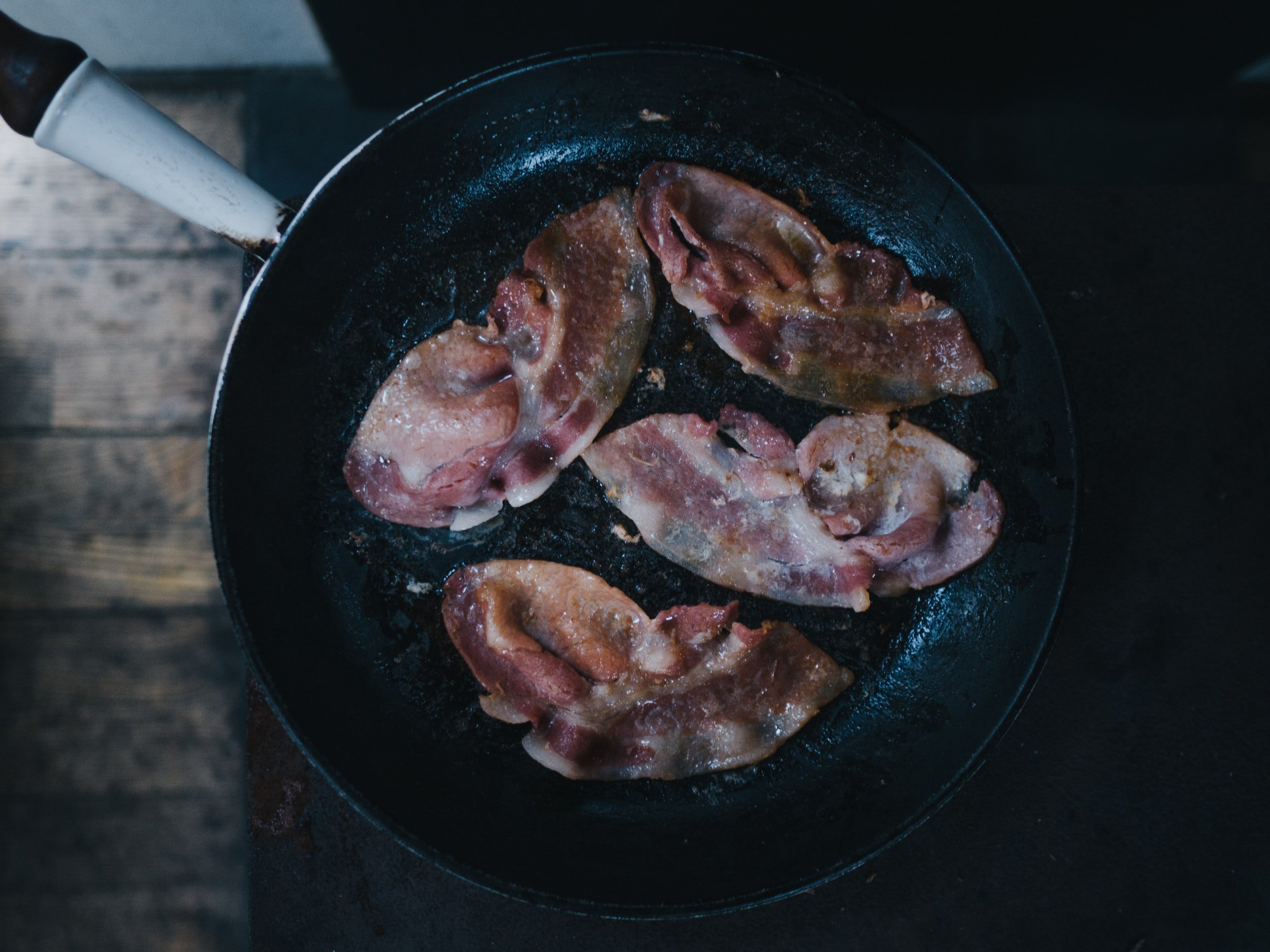An essential nutrient, choline goes largely unmentioned in modern nutritional discussions. The non-profit, extra-governmental health and nutrition advisory wing of the National Academy of Sciences, the Institute of Medicine (IOM) places minimum intake levels at 450 milligrams per day for women, and 550 milligrams per day for pregnant and nursing women, and men.
Choline deficiency is affecting a jaw-dropping 90% of American adults. It can lead to many serious adverse health outcomes, the most documented of which is non-alcoholic fatty liver disease, but also inflammation, DNA damage, muscle mass loss and an increased risk for heart disease and cancer.
The most significant effects of choline deficiency are seen in children and infants, in which cases inadequate choline intake during pregnancy and early childhood can place a baby at risk for neural tube defects, impaired creation of new blood cells, impaired hippocampal development resulting in poor memory, and complications during pregnancy and at birth.
Inversely, rat pups and their mothers supplemented with choline demonstrated increases in learning and memory that tended to stay with them for life. With such serious consequences, it’s a wonder we don’t hear about choline more often.
A 2009 study by the IOM revealed one of the major causes for this blackout: ignorance.
A recent survey of health professionals found that of several nutrients, including calcium, vitamin D, protein, folate, iron, and vitamins E and A, choline was the least likely to be recommended. Only about 10% of those surveyed said that they were likely to recommend foods containing choline to their patients.
Among obstetricians and gynecologists, who care for the population with the greatest choline needs, only about 6% were likely to recommend foods containing choline for healthy pregnant women.
Culprits of choline deficiency
It’s not only uneducated and unaware health practitioners that are driving choline deficiency rates in the country.
Large government and intergovernmental nutrition organizations like the United Nation’s Food and Ag Organization and the U.S. Dep. of Agriculture (USDA) haven’t had much to say about choline, with the former’s 2005 handbook on human nutrition excluding mention of it entirely, and the latter’s 2018 release of a choline-content guide eschewing all organ meats, the most choline-rich of any food items, and in a separate 2021 guide for Women Infants and Children, eschewing most meat altogether.
Instead, they suggest the most at-risk among us for deficiency to eat eggs and milk, but also cabbage-family vegetables and legumes, which may contain choline, but the amount of vegetables and legumes a child or woman would have to eat to get enough would simply be impractical.
Furthermore, the choline content guide’s top foods, if one excludes whey protein isolate, literally features “fast food” breakfast sandwiches in 4 of the 10 places, and “chocolate cake” is right nearby.
The widespread failure of government to understand the importance of choline in the diet, especially for pregnant women and nursing mothers, is noteworthy; but sadly typical of the history of such organizations.
For example none of them have ever mentioned that 50% of Americans, as the IOM found, have choline-related genetic polymorphisms—mutations that mean they need to consume more choline than normal to get the recommended daily amount.
This leaves private individuals to gather information on choline themselves.
If you think the stories you’ve just read were worth a few dollars, consider donating here to our modest $500-a-year administration costs.




